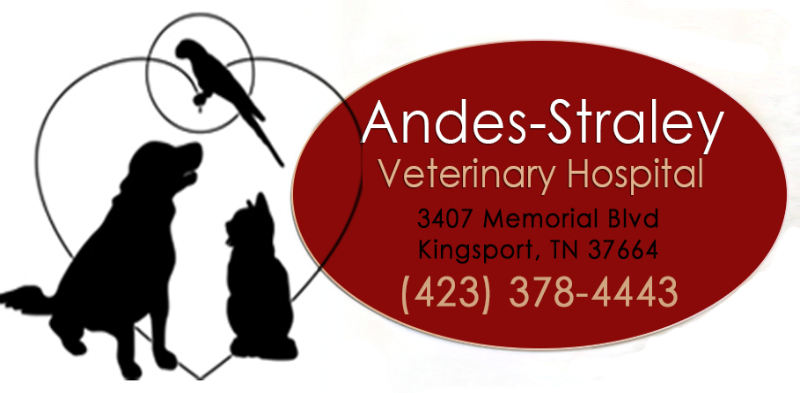A Guide to Brushing Your Pet’s Teeth
Did you know that it is as important to brush your pet’s teeth as it is to brush your own? Oral health in dogs and cats is linked to overall wellness; conversely, when your pet’s teeth and gums are suffering, so is your pet. Increasingly, we are seeing pet patients with heart disease, kidney problems, and even cancer that can be prevented through proper oral hygiene. Here is a beginner’s guide to brushing your pet’s teeth.
CHOOSING ORAL CARE PRODUCTS
Gone are the days when your dog’s dental care routine consists solely of the occasional raw bone. As awareness has spread about the importance of oral care for pets, so has the range of products available at the local pet store. The most commonly available products include the following:
- Toothbrushes and finger brushes
- Flavored toothpaste
- Water additives
- Oral care treats
- Oral care chew toys
However
Not all of these products are of equal value. Water additives may seem like a good solution for a dog or cat that won’t sit still, but these products often cause digestive issues and aren’t as effective at removing plaque. Special oral care chew toys and treats may be effective at keeping teeth clean, but not all pets enjoy chewing on toys, and dental chews may not be a viable option for pets on a monitored or prescription diet.
The best option is to brush your pet’s teeth regularly with a special dog or cat toothpaste and a soft-bristled brush that fits your pet’s mouth. Many of the toothpaste options available in pet stores are specially formulated to be safe for pets to swallow, unlike human toothpaste which contains chemicals that are dangerous for pets to ingest. Pet toothpaste often comes in appealing flavors including liver, chicken, peanut butter, and even pepperoni pizza. Using flavored toothpaste is a great way to acclimate your pet to having their teeth brushed.
When choosing a toothbrush, it is important to consider the size and shape of your pet’s mouth. Pet toothbrushes are designed with the head of the brush at an angle, which makes it easier to navigate your pet’s mouth. A soft bristle children’s toothbrush may also be used, or an adult soft bristle brush for larger dogs. Finger brushes can be a great alternative for pets who are afraid of conventional toothbrushes, for pets with small mouths, or for pets that are challenging to restrain.
GETTING STARTED
Once you have your pet’s oral care products on hand, you may begin brushing their teeth.
- Start by gathering the necessary supplies and preparing the space that you will be using to brush your pet’s teeth. You may want to lay down a blanket or towel to protect the floor and provide a comfortable surface for your pet to stand on. You may also want a bowl or cup of water to rinse the toothbrush in as you are brushing your pet’s teeth.
- Bring your pet into space and shut the door. Allow your pet to sniff around the area and the items until they are comfortable.
- Restrain your pet. A halter and leash should be sufficient for larger pets. For smaller pets, you may hold them firmly in your lap or wrap them in a towel to restrict their movement. If there is an additional person available, it can be useful to have an assistant for this process. Since many pets are nervous when someone stands above or behind them, it is best to try to angle yourself in front of your pet at eye level.
- Gently lift your pet’s top lip using your finger, and begin brushing their teeth in small circular motions. Rather than focusing on cleaning every tooth, try to focus on the areas with the most plaque.
Brushing your pet’s teeth involves a learning curve for both of you. Remember to go slow and brush for short amounts of time. Letting your pet lick a small amount of toothpaste off of the toothbrush for a few days before brushing is a good way to acclimate them to the new experience.
VETERINARY ORAL CARE
Whether or not you brush your pet’s teeth, your pet will require professional oral care over their lifetime. At Andes-Straley Veterinary Hospital, we provide a variety of oral care services. We provide routine tooth brushing and demonstrate the appropriate techniques for you to try at home. Also provide professional veterinary dental cleanings under anesthesia, including tooth extractions when necessary.
We can discuss the options that best suit your pet’s needs. Contact us to set up an appointment.



